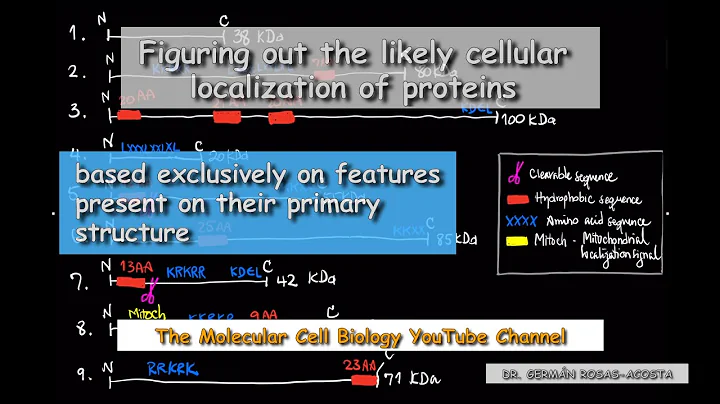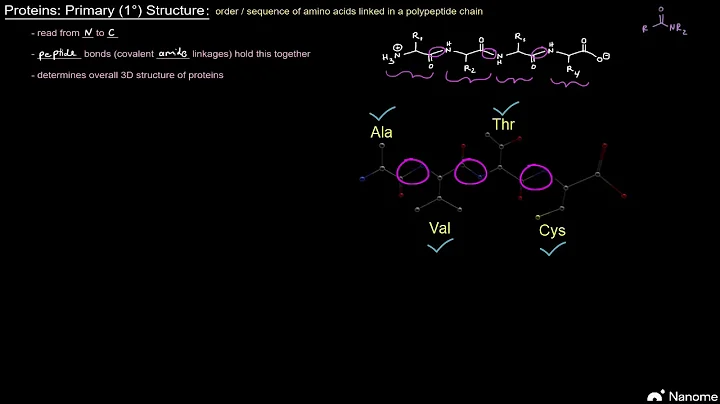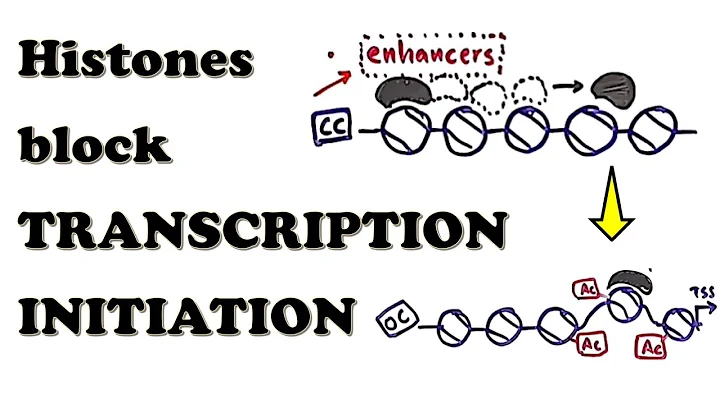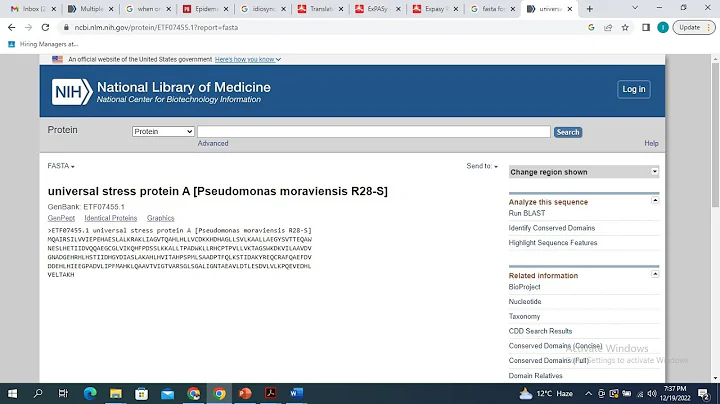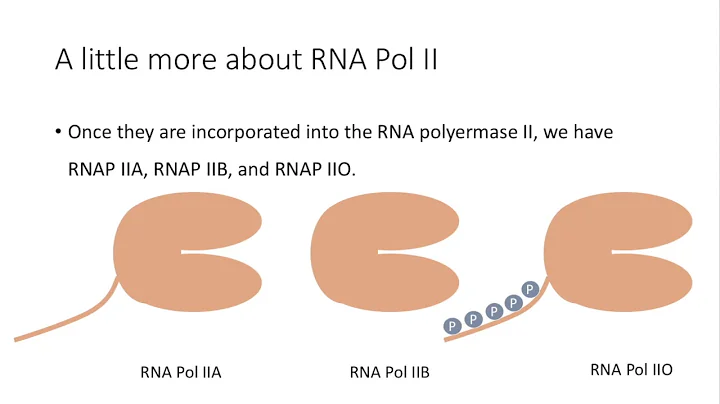
About 10%-20% of the eukaryotic proteome is composed of regions that cannot form a stable structure (1). These domains are usually low in complexity and are generally composed of a few amino acids repeated, called Make low-complexity domain (low-complexity domain (LCD)) (2). They play important functions in signal transduction, gene transcription regulation, etc. (3, 4), but mutations at this position are also associated with a variety of neurodegenerative diseases, so how do these mutations function?
In order to better answer this question, researchers such as Steven L. McKnight and Glen Liszczak of Southwestern Medical Center used protein chemistry methods to modify disease-related low-complexity domains. blocked the key amino acid position , thereby preventing from interacting with surrounding hosts. Chains of hydrogen bonds formed by . Researchers have found that through the manipulation of hydrogen bonds, can regulate the liquid-liquid phase separation state of in the low-complexity domain of , reversing pathological aggregation caused by disease-related mutations (2).

This work was published in Science on July 1. The researchers believe that this work provides a more clear answer to the regulation of aggregates in organisms, indicating that low-complexity non-structural regions interact instantaneously in a near-equilibrium state under normal physiological conditions, which gives them space to flexibly organize and regulate cell dynamics ( 2).
Comment(s):
Biochemistry is indeed very beautiful. In the future, with the development of technology, directly manipulating the formation of hydrogen bonds in cells or even animals and monitoring phenotypes will provide more clear data.
Corresponding author profile:

https://profiles.utsouthwestern.edu/profile/14812/steven-mcknight.html

https://profiles.utsouthwestern.edu/profile/181912/glen-liszczak.html
References:
1. M. E. Oates et al. al., D2P2: Database of disordered protein predictions. Nucleic Acids Res. 41(2013), doi:10.1093/NAR/GKS1226.
2. X. Zhou et al., Mutations linked to neurological disease enhance self-association of low-complexity protein sequences. Science (80-. ). 377 (2022), doi:10.1126/SCIENCE.ABN5582.
3. V. Pejaver et al., The structural and functional signatures of proteins that undergo multiple events of post-translational modification. Protein Sci. 23, 1077–1093 (2014).
4. J. Woodsmith, A. Kamburov, U. Stelzl, Dual Coordination of Post Translational Modifications in Human Protein Networks. PLoS Comput. Biol. 9 (2013), doi:10.1371/ JOURNAL.PCBI.1002933.
Original link:
https://www.science.org/doi/10.1126/science.abn5582
